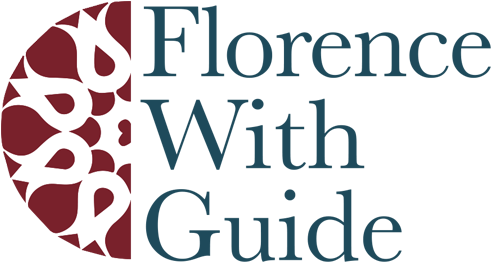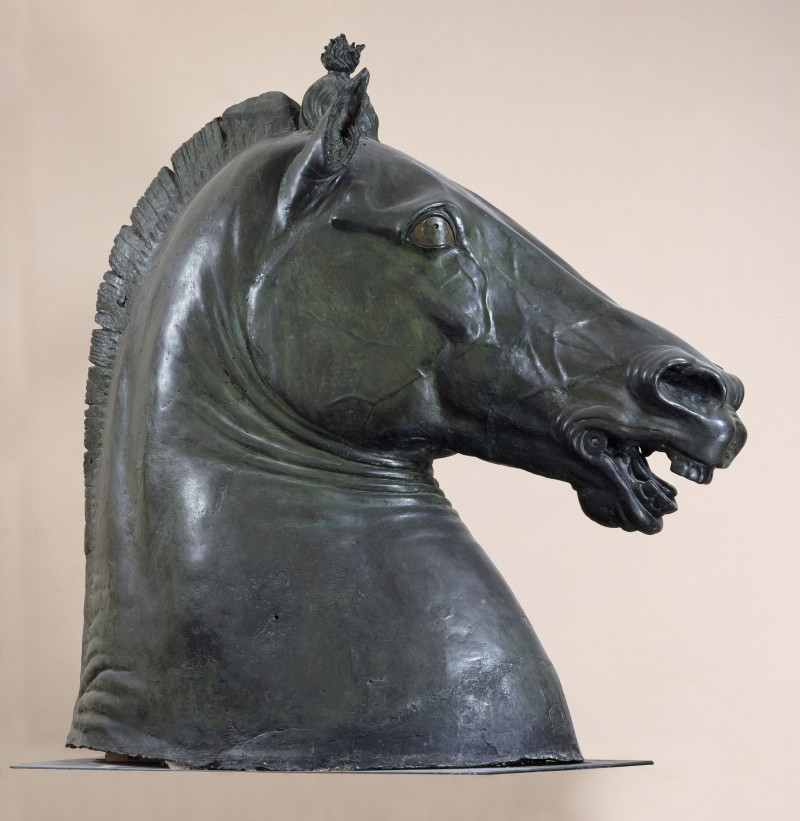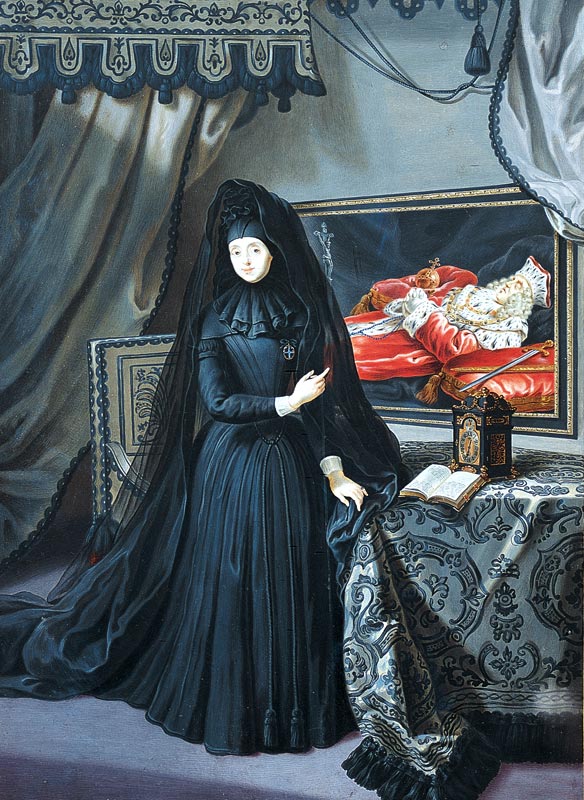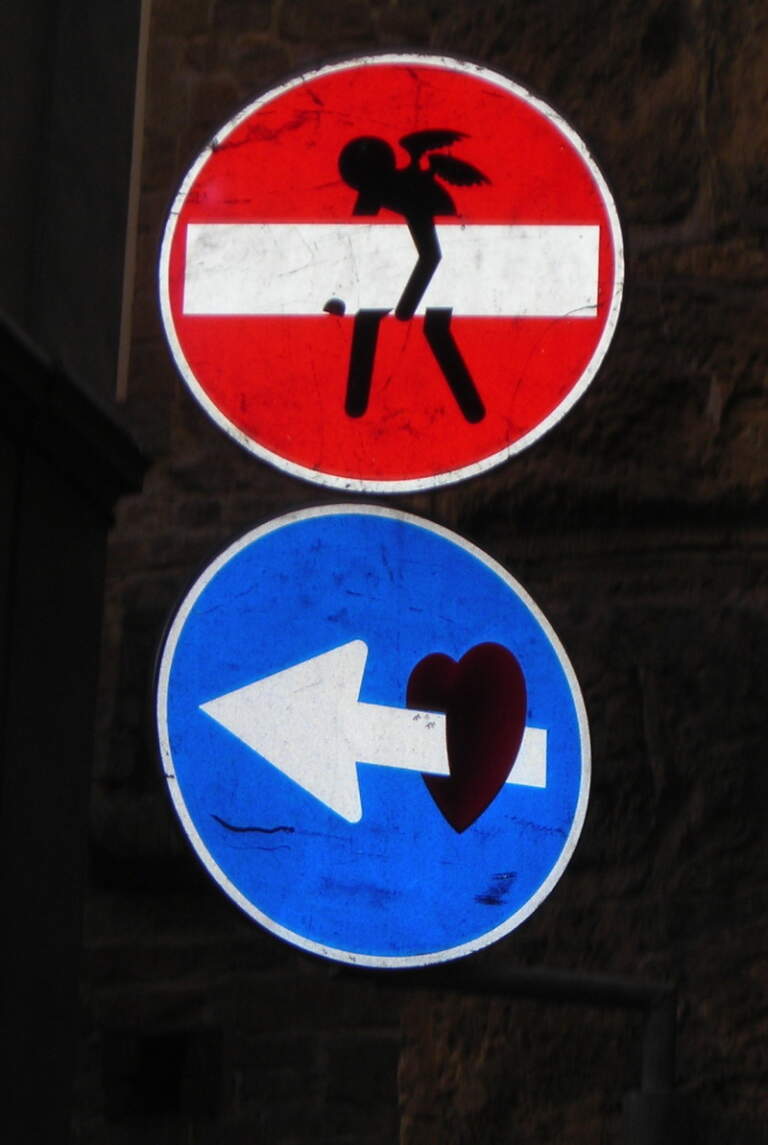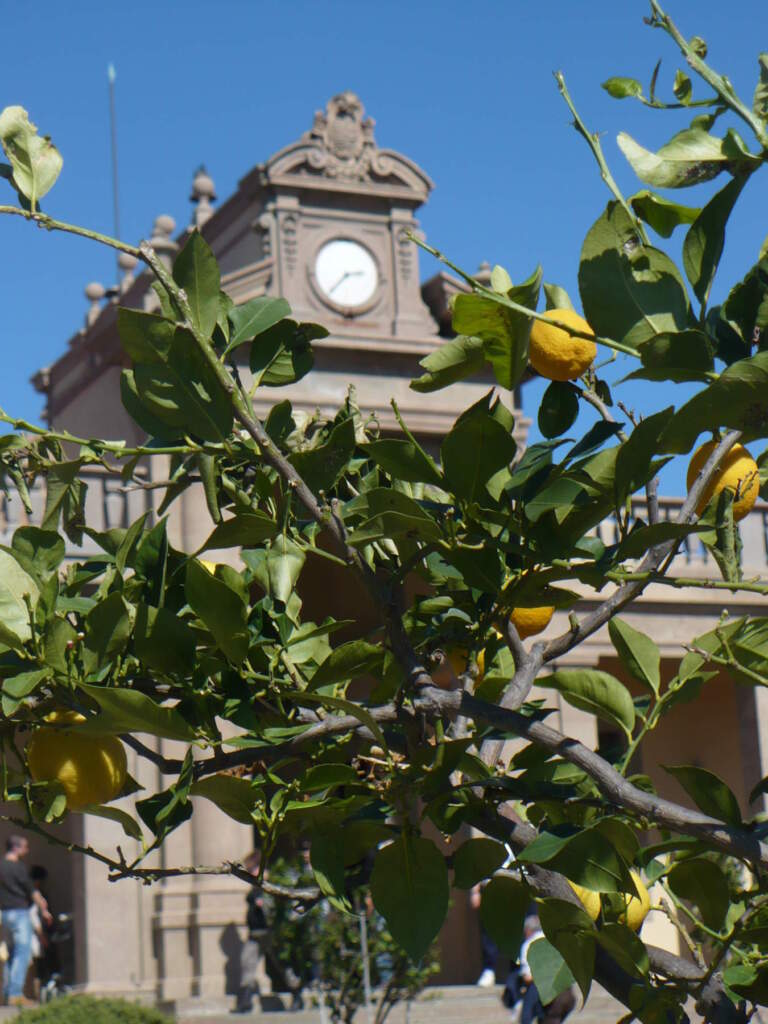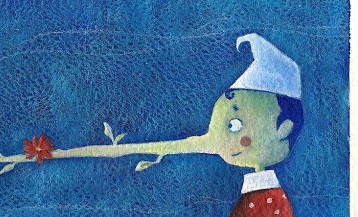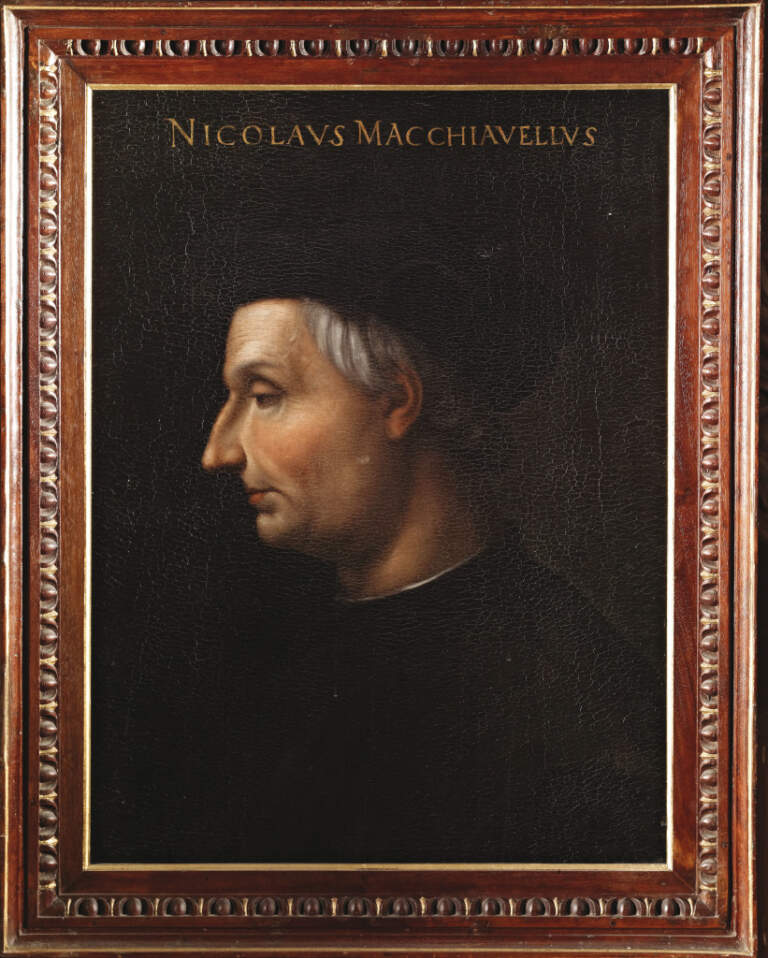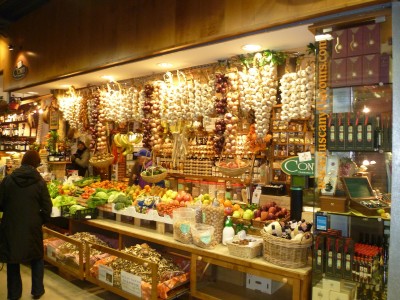Springtime of the Renaissance at Palazzo Strozzi
A new exhibit on Renaissance
In mass media and popular culture there is a trend to identify the Renaissance with Botticelli, Da Vinci and Michelangelo and this creates a little confusion. The aim of this exhibition held in Palazzo Strozzi is to clarify how and when the Renaissance began: at the beginning of the 15th century in Florence, favored by politicians fond of classical studies that tried to revive the heritage of ancient Rome.
It all began with sculpture
This is also the reason why the display focuses on sculpture: the Roman models for inspiration were mainly sculptures (and books of course!); moreover, sculpture had, still has, a very strong public dimension: facades, public and religious buildings alike became the field of invention and competition for artists and architects.
Starting in 1401 with the rivalry between Ghiberti and Brunelleschi for the doors of the baptistery, the confrontation continues at Orsanmichele with the Saint Matthew by Ghiberti and Saint Ludovico by Donatello: the latter restored on this occasion can be appreciated very close and in detail.
The other sections delve into and explore other distinguishing themes developed in those years: angels, equestrian monuments, the influence of sculpture on painting come alive thanks to amazing artworks, and continuous comparison with their Roman models and how to invest them with Christian meaning.
The spread of beauty
The beautiful reliefs of Madonna with child by Della Robbia or Donatello were frequently obtained with the use of molds and could be easily produced by a workshop, thus becoming relatively cheap and affordable: so it is not surprising the inventions of these artists became popular both in town and in the countryside.
The itinerary of the exhibitions also recalls the Council of 1439, sponsored by the Medici family, and the role of charity institutions and hospitals as commissioners thus really offering a powerful overview of life and politics of the day.
Finale
The conclusion finds us in 1460s’Florence: political climate is changing with the rise to power of the Medici and of their allies. They bend art to their needs and adapt it to their celebratory objectives: their homes become the new setting for series of Caesar’s portraits, busts and lavish furnishings (a stunning vase once belonging to Piero Medici is on loan from the British Museum) but the wave of study and creativity had been unleashed.
Tour
A guided visit to the exhibition (about 140 works are on display) requires one hour and a half at least and can be part of a more comprehensive, and rewarding, Renaissance itinerary.(SB)
